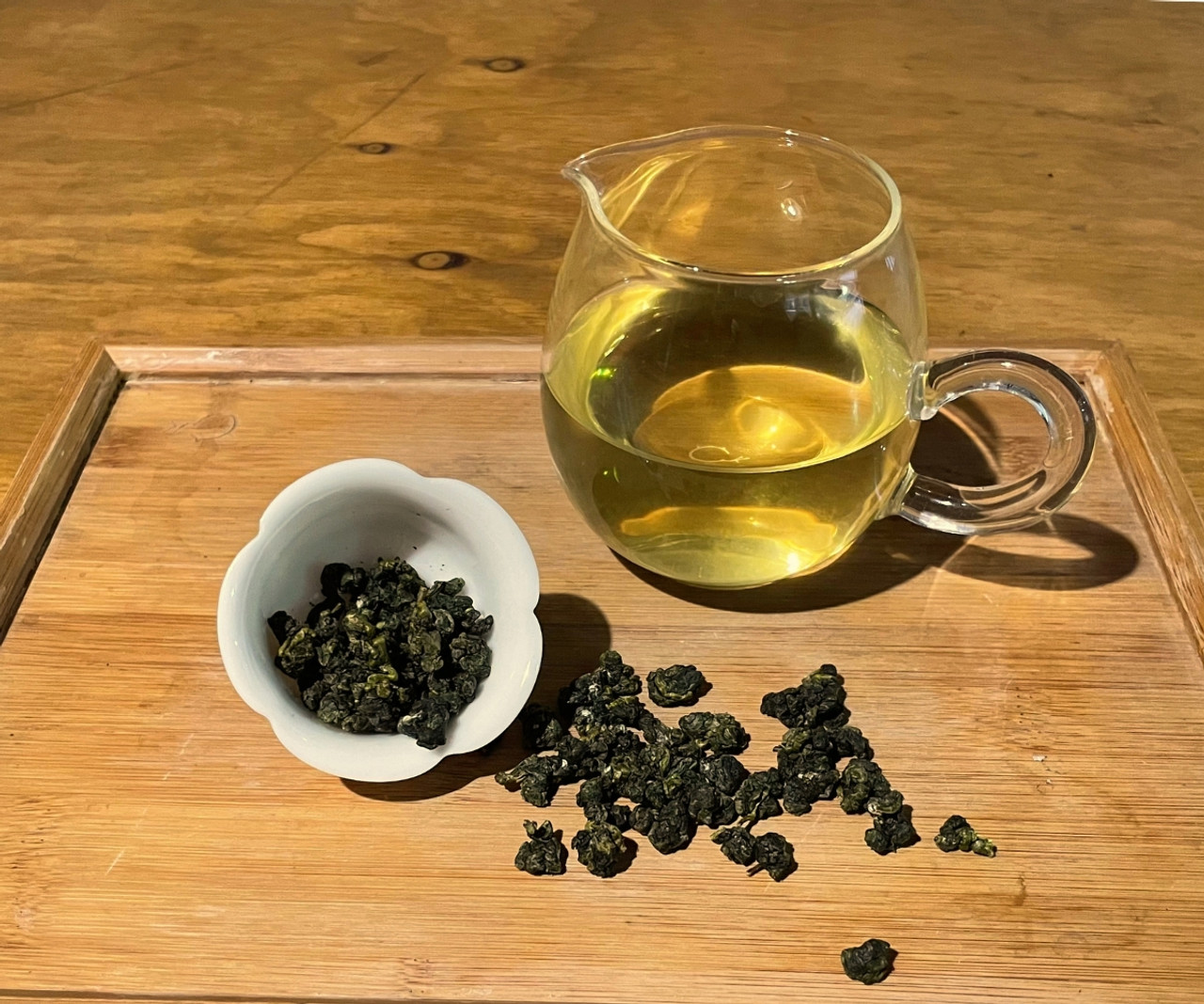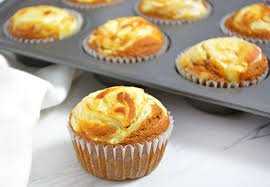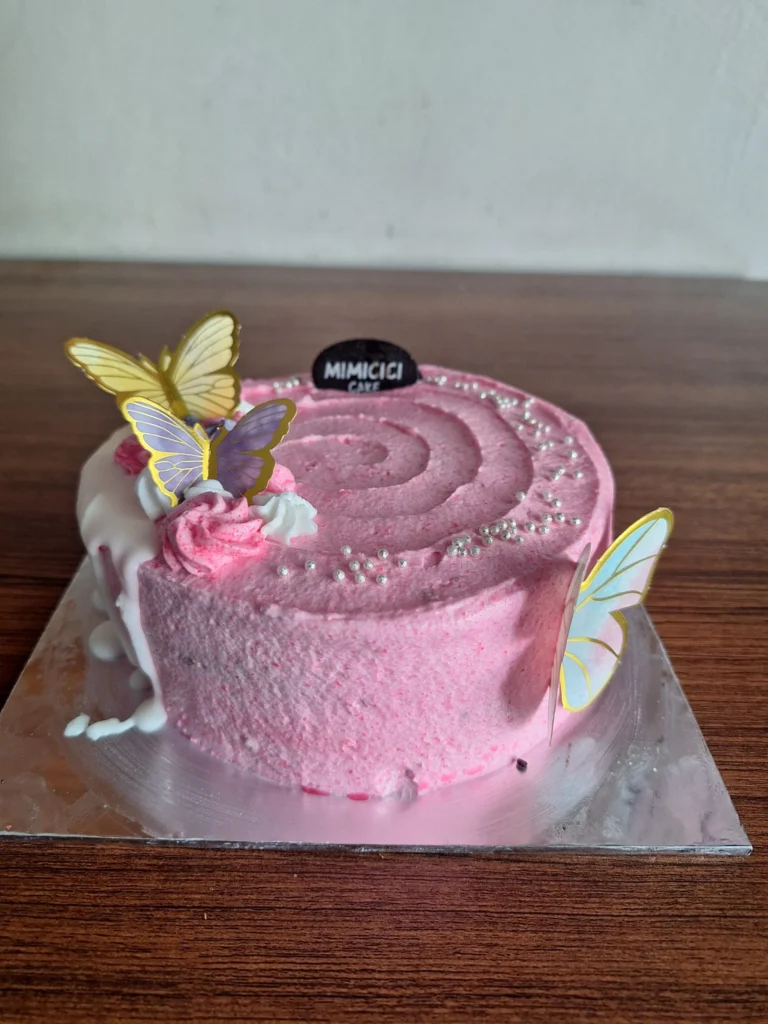Oolong Tea is one of the most fascinating and complex categories of tea, offering an extraordinary balance between green and black tea characteristics. With its partial oxidation and diverse processing methods, Oolong Tea delivers a flavor spectrum that ranges from floral and sweet to toasty and robust. Its unique nature has made it a prized choice among tea connoisseurs and casual drinkers alike. Understanding its history, production, flavor profile, and brewing techniques can enhance one’s appreciation of this exceptional beverage.
The Origins of Oolong Tea
Oolong Tea has deep roots in Chinese tea culture, particularly in the Fujian and Guangdong provinces where it first emerged during the Tang Dynasty. The name “Oolong” translates to “Black Dragon,” which may refer to the dark, twisted shape of the processed leaves. Taiwan also became an important center for Oolong Tea production, developing varieties with distinctive flavor profiles shaped by the island’s high-altitude climate and fertile soil.
Traditionally, Oolong Tea was crafted through meticulous processing that required skill and precision. Farmers would pluck the leaves at just the right maturity, then carefully oxidize and roast them to bring out layers of aroma and taste. Today, the art of Oolong Tea making remains an integral part of both Chinese and Taiwanese tea heritage, passed down through generations.
How Oolong Tea Is Made
The production of Oolong Tea is unique because it lies between green tea, which is minimally oxidized, and black tea, which is fully oxidized. The process involves several stages, each contributing to the tea’s complex flavors.
Withering
Freshly plucked tea leaves are spread out under the sun or indoors to reduce moisture and soften them for further processing. This step initiates subtle enzymatic changes that influence the tea’s aroma.
Bruising
Leaves are gently shaken or rolled in baskets to lightly bruise their edges. This encourages partial oxidation while keeping the center of the leaf less oxidized, resulting in a layered taste profile.
Oxidation
The level of oxidation determines the style of Oolong Tea. Lightly oxidized Oolongs tend to be floral and fresh, while heavily oxidized ones develop deep, roasted, and fruity notes. The range typically falls between 10% and 70%.
Firing and Roasting
The leaves are then heated to stop oxidation and lock in flavor. Some Oolong Teas undergo additional roasting, which imparts nutty or caramel-like undertones. The roasting process can vary in intensity, giving rise to endless variations in flavor.
Rolling and Shaping
Oolong Tea leaves are often rolled into tight balls or twisted into long strands. This shaping not only affects the brewing process but also preserves the leaf structure, allowing for multiple infusions.
The Unique Flavor Profile of Oolong Tea
Oolong Tea is celebrated for its complex and evolving taste. Unlike single-note teas, Oolong Tea can shift in flavor with each sip or steeping.
Floral and Fragrant Notes
Lightly oxidized Oolongs, such as Tie Guan Yin from Fujian, are known for their orchid-like fragrance and bright, floral sweetness. These teas are refreshing and smooth, often leaving a lingering perfume on the palate.
Fruity and Creamy Undertones
Many Taiwanese Oolongs, especially those grown at high elevations, develop creamy textures and fruity hints of peach, apricot, or melon. This balance of sweetness and body makes them highly sought after.
Roasted and Nutty Flavors
Dark Oolongs, such as Wuyi Rock Tea, are roasted to perfection, offering bold notes of roasted nuts, cocoa, and minerals. These teas often carry a warming character with a long-lasting aftertaste.
A Transformative Experience
One of the most intriguing aspects of Oolong Tea is how its flavor evolves over multiple infusions. A single set of leaves can produce different nuances with each steeping, ranging from light and floral to rich and toasty.
Health Benefits of Oolong Tea
Beyond its captivating flavor, Oolong Tea also provides a wealth of health benefits.
- Boosts metabolism: Oolong Tea contains polyphenols and caffeine that may support weight management and fat burning.
- Promotes heart health: Regular consumption is linked to improved cholesterol levels and cardiovascular support.
- Aids digestion: Its soothing properties help in breaking down fats and easing digestive discomfort.
- Rich in antioxidants: The catechins and flavonoids present in Oolong Tea protect against oxidative stress.
- Enhances mental focus: The balanced caffeine content promotes alertness without the jitters often associated with coffee.
Brewing Techniques for Oolong Tea
Brewing Oolong Tea requires attention and patience to unlock its full flavor potential. While there is no single correct method, several traditional and modern approaches allow drinkers to tailor the experience.
Choosing the Right Teaware
The type of vessel used plays a significant role. A small clay teapot, particularly a Yixing teapot, enhances the depth of roasted Oolongs, while a porcelain gaiwan is excellent for appreciating the fragrance of lighter varieties. Glass teapots can also be used to visually enjoy the leaves unfurling.
Water Temperature and Quality
Oolong Tea thrives with water heated between 185°F and 205°F (85°C to 96°C). Using filtered water helps preserve the purity of its flavors, as tap water may introduce unwanted minerals.
Steeping Time
The first infusion typically requires only 30 to 60 seconds, with each subsequent steeping lasting slightly longer. Oolong Tea is designed for multiple infusions, with each steep revealing new dimensions of flavor.
The Gongfu Method
A traditional Chinese technique, the Gongfu style uses a high leaf-to-water ratio in a small teapot or gaiwan. This method emphasizes short, repeated infusions, bringing out the tea’s complexity and aroma in concentrated bursts.
Western Brewing Style
For convenience, Oolong Tea can also be brewed in larger teapots with fewer leaves and longer steeping times. While this method produces a lighter brew, it still allows drinkers to appreciate the tea’s character.
Pairing Oolong Tea with Food
Oolong Tea’s versatility makes it an excellent companion to a wide variety of dishes. Light floral Oolongs pair beautifully with fresh fruits, seafood, and mild cheeses. Creamy Taiwanese Oolongs complement pastries, desserts, and buttery foods. Dark roasted Oolongs match well with grilled meats, nuts, and rich chocolate. Exploring different pairings can elevate both the tea and the meal.
Appreciating the Ritual of Oolong Tea
Drinking Oolong Tea is more than a simple act of refreshment; it is a ritual that fosters mindfulness and appreciation. Preparing the leaves, observing their unfurling, and savoring the evolving flavors encourage a slower, more thoughtful pace. Whether enjoyed alone or shared with friends, Oolong Tea connects people to centuries of tradition and the natural beauty of tea cultivation.
Conclusion
Oolong Tea stands as a remarkable expression of craftsmanship, culture, and flavor. Its partially oxidized nature allows it to embody the freshness of green tea and the depth of black tea, offering an unparalleled sensory journey. From its floral and fruity aromas to its roasted and nutty richness, Oolong Tea captivates the senses with every sip. Mastering its brewing techniques only deepens the experience, revealing layer after layer of taste and aroma. For those seeking a tea that evolves with each infusion and tells a story with every cup, Oolong Tea is truly a treasure worth exploring.

















